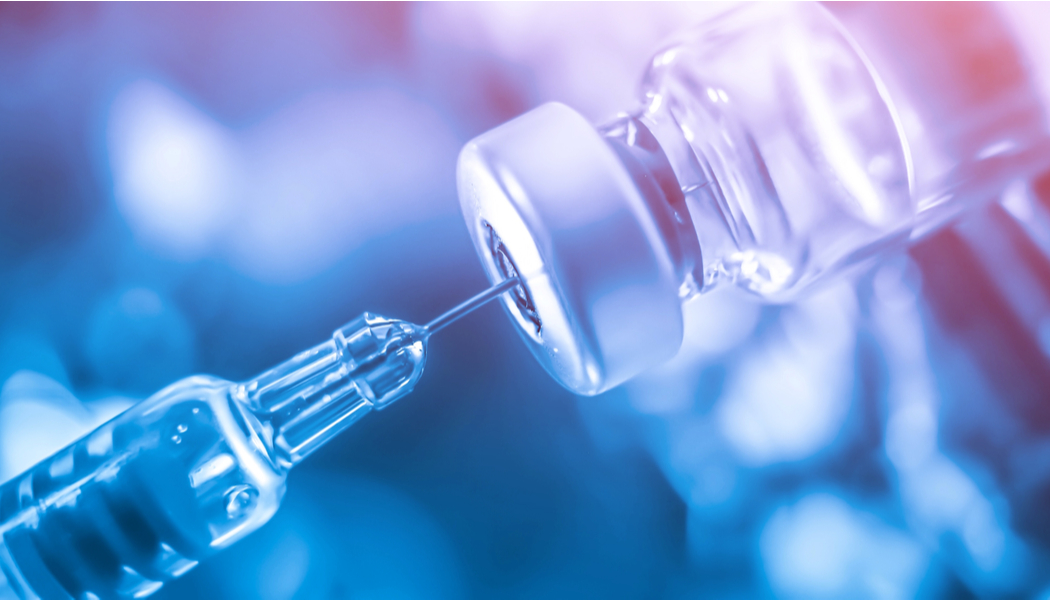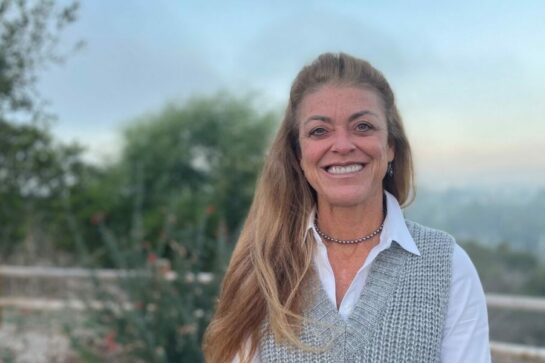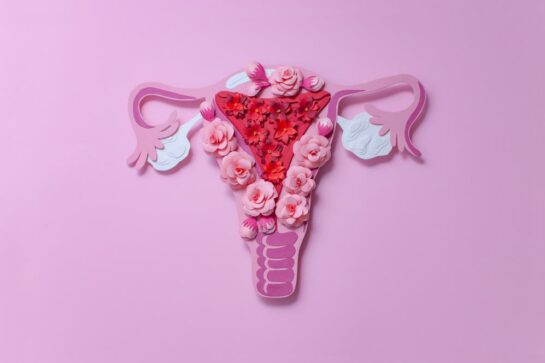While I’m definitely pro-vaccine in general, (I never actually thought about labelling myself one way or the other until Covid happened), I admittedly do hesitate when it comes to some vaccines for my children. And mostly for emotional reasons.
I can visualize in a second my screaming baby daughter all those years ago as she had up to three vaccinations in one single visit. I wince at the memory to this day. But I followed all the guidelines because I wanted to protect her in the long run. The list was long but familiar: Polio, MMR (Measles, Mumps and Rubella), Hepatitis B, and DTap (Diphtheria, Tetanus, and Pertussis).
I did scratch my head at varicella, though (pardon the pun). Commonly known as chicken pox, I had a nasty five-week bout of it as a child, and I still have the scars to prove it. But while every other child I knew also got it, I certainly never heard talk of death by chicken pox back in the day.
So did my daughters really need yet another vaccine for it? Finding out the varicella vaccine also provided protection against shingles (a more severe adult form of chicken pox) was the deal breaker for me.
The other main reason I questioned the varicella vaccine though, was because I was given the choice. Back then (and it appears to be different now), I’m pretty sure you could opt out as long as you declare that choice in a letter to the school.
And so to the HPV vaccine, which as of now, is definitely not mandatory. My daughter’s pediatrician first mentioned it to me at her 9-year-old annual physical and I was shocked. I brushed it off vaguely knowing she could get it later but also because I felt a bit alarmed given I was fairly sure HPV is transmitted by sexual contact.
I was also severely put off the vaccine because I had previously seen this TV commercial featuring child actors speaking to camera about getting cancer because their parents didn’t get them the HPV vaccine. Yes, one commercial gave me such a visceral reaction that I almost discounted the vaccine.
‘Maybe if they’d known there was a vaccine… Maybe they didn’t know. Right, Mom? Dad?’ the grim face of a teen boy says to camera, raising an accusatory eyebrow. What?! As if we don’t have enough mom guilt, you’re actually filming a child blaming their parents for giving them cancer? It went way too far in my opinion and was enough to even put off a pro-vaxxer like myself. I was also shocked to see boys in the commercial as I’d assumed the vaccine was only for girls. So I just put it to the back of my mind.
Like with many vaccines, parents consider risk versus benefit. But what are the risks and benefits of the HPV vaccine? I needed answers and while I didn’t interview a medical expert for the article, most of the info is from the CDC so please click on the links for verification. All of the information below is current at the date of publication of this article.
First up, what is HPV?
The Human Papilloma Virus (HPV) is the most common sexually transmitted infection and there are many different strains of it. HPV can also be spread by oral sex and close skin-to-skin touching during sex. The various types of HPV are either categorized as oncogenic (which cause cancer) or non-oncogenic (which cause genital warts).
Oncogenic HPV infections can lead to the following cancers:
- Cervical, vulvar and vaginal cancer in females
- Penile cancer in males
- Anal cancer in both men and women (90% of which are caused by HPV)
- Perhaps less known is that the vaccine can also protect against oropharyngeal cancer, which occurs at the back of the throat, in both men and women.
Out of these, only cervical cancer can be identified by preventative screening, so the argument is that getting the HPV vaccine prevents infections that lead to these other cancers, which may go undetected until they become more serious.
Research has shown that HPV infection has been responsible for 91% of cervical cancers 75% of vaginal cancers and 69% of vulva cancers. Many HPV infections go undetected due to no physical symptoms, but genital warts are an obvious sign of infection.
More about genital warts
Genital warts are caused by two of the nine types of HPV that the current vaccine protects against. These are different HPV strains to those that can cause the various cancers listed above.
Genital warts can go away on their own even without treatment and research has found that around 30% will subside within the first 4 months of infection. However, recurrence rates are high and are dependent on the viral load and the patient’s health and immune system. Genital warts can last from a few months to years but most of them take two years to clear up. Treatment includes topical creams and/or burning, freezing or cutting the warts out.
Which HPV vaccine is currently given?
The HPV vaccine currently used in the US is Gardasil 9, which was approved for use by the FDA in 2014 after a clinical trial of 13,000 men and women. It protects against 9 types of HPV infections that cause cancer, hence its name. Gardasil 9 replaced Gardasil, which had been approved since 2006 and protected against only 4 HPV types.
Who can take vaccine, and at what age?
The vaccine is most beneficial before someone is sexually active, and therefore unexposed to HPV. It is currently recommended in both girls and boys between 11-12 years of age but can be given as young as 9, which has caused some controversy.
It is administered in either two or three doses, dependent on age (click here for details). If a child is vaccinated before age 15, they need two doses, and if between 15 and 26 years old, a person require three doses.
If someone didn’t get vaccinated when younger, they are still recommended to do so up until the age of 26. From age 27-45 years old you can still get the vaccine but the benefits are ‘minimal’, says the CDC due to high likelihood of sexual activity having occurred.
Does the vaccine treat existing HPV infections?
No, the vaccine is not effective once HPV infection has occurred and it is not a cure for it. Like all vaccines, it is a preventative measure. And for good reason. The CDC estimates that 85% of people will get HPV some time in their life and that 13 million Americans get infected with HPV every year, including teens.
Resistance towards the vaccine
Although the US was one of the first countries to introduce the HPV vaccine, according to research, the UK and Australia, have proportionately achieved higher coverage in teen vaccination rates than the US.
Resistance to the vaccine remains significant in the US, with a 2019 report by the American Journal of Medicine revealing that only 49% of boys and girls aged between 13-17 were vaccinated. Parental hesitancy has played a role, while school districts in states that tried to mandate the HPV vaccine proved unsuccessful, due in part because the mandates were being encouraged by the manufacturers.
Another reason for vaccine hesitation is that many HPV infections are easily treated or get better naturally. According to the CDC, 9 out of 10 HPV infections clear up by themselves within two years. This video of two professors from the John Hopkins Bloomberg School of Public Health which lays out reasons for parental resistance to the vaccine from a report they conducted is worth viewing.
But the CDC’s message is clear: HPV vaccination is cancer prevention. For while HPV infection causes nearly 36,000 cancer cases in men and women every year in the US, they claim that 33,000 of these can be prevented with HPV vaccination by stopping the infections even occurring.
Possible side effects of the vaccine
The CDC reports that many people experience no side effects from the HPV vaccine, or mild versions of the following: swelling and pain at the arm injection point, fever, nausea, headache, and/or muscle or joint pain.
Allergic reactions that require urgent medical attention at an ER include hives, throat or face swelling, breathing difficulties, increase in heartbeat and/or dizziness or weakness.
Summary
Whatever your view on the HPV vaccine, these facts from the CDC about how stats have changed since the introduction of the vaccine speak for themselves:
- HPV infections that can lead to cancer have decreased by 88% in teenage girls and 81% in young adult females.
- The occurrence of precancers caused by HPVs which often result in cervical cancer has decreased by 40% in vaccinated women.
That’s huge. I hope for those of you reading, who, like myself, didn’t know much about HPV or even avoided mention of the vaccine, this article provides some clarity. I know it seems like a lot of links but I went in search of facts for my own family and I hope it helps you to read the information I found. As always, speak to your own doctor to make a decision. And whatever you decide about getting your child vaccinated against HPV, you can read the CDC’s fact sheet here.
*Please note, this article is for informational purposes only and all figures were current at time of publication. As with all medical issues, speak to your doctor to make an informed decision about you and your family’s health.




